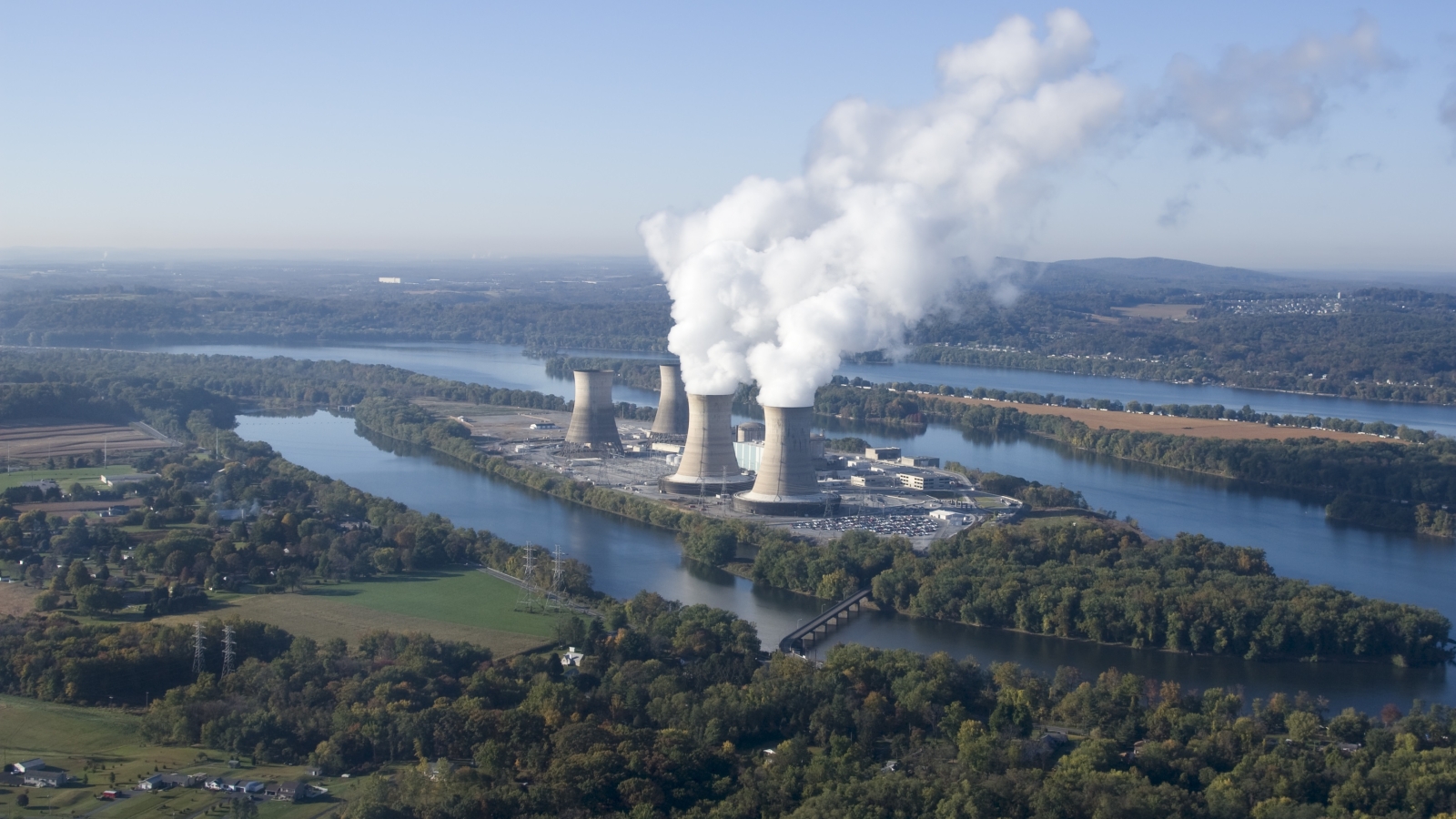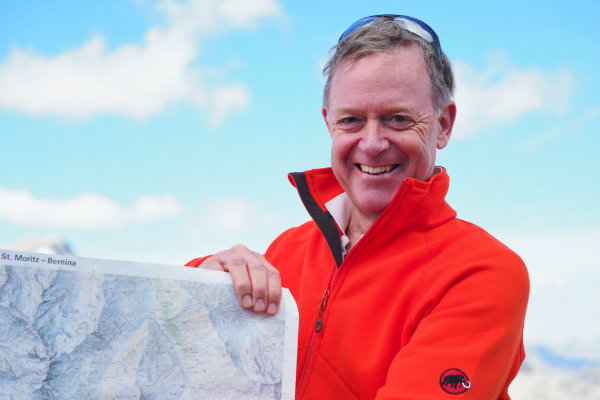Power Struggle
Earth and Environmental Science Department Chair Reto Gieré explains how 40 years after the worst nuclear accident in the U.S., a global energy dilemma endures.

East Coasters of a certain age are bound to cringe when they hear the words “Three Mile Island,” summoning memories of the March 28, 1979, emergency at the nuclear generating station outside Harrisburg, Pa. That morning, a cooling system malfunction caused a partial meltdown of one of the plant’s pressurized water reactors. Although the amount of radioactive material released during the accident was too scant to harm anyone, it sparked enough fear to paralyze U.S. nuclear power development—an industry that had grown steadily since the nation’s first commercial nuclear power stations opened in the 1950s.
Now, 40 years after the near-disaster, anti-nuclear sentiments are softening in light of a different threat: climate change. Nuclear energy is created when uranium atoms are split during a process called fission. This generates heat and produces steam that turbine generators use to make electricity. Essentially operating like massive tea kettles, nuclear power plants don’t emit greenhouse gases because they don’t burn any fuel—a feature proponents say could solve the world’s climate problems.
Reto Gieré, Professor and Chair of the Department of Earth and Environmental Science, urges the public to take those claims with a grain of salt.
“Unfortunately, politicians and lobbyists say what they want without telling the whole story,” he says. “While electricity is being made, there are no carbon dioxide emissions—but if you look at the entire life cycle of a nuclear power plant from building to dismantling it, of course nuclear power generation causes emissions. However, based on life-cycle assessments, the emissions from nuclear power are more than eight times lower per energy unit than those from fossil fuels.”
Gieré recognizes that, like all energy sources, nuclear energy has both advantages and disadvantages. The advantages, he says, include economic, health, and environmental benefits, because nuclear power generation does not release hazardous particulate matter that compromises air quality, like burning fossil fuels does. It also costs less to implement than most other renewable energy sources and, unlike wind and solar power, facilitates “dispatchable energy” that is accessible at any time.
“Sometimes the wind isn’t blowing, and sometimes the sun isn’t shining, but nuclear can always provide us with baseline energy,” he explains.
Nuclear power’s positives don’t necessarily outweigh its negatives, warns Gieré, whose research focuses on the safe storage of nuclear waste—the most dangerous kind of waste that exists. The first underground nuclear waste storage site in the world is currently under construction in Finland, but no other countries are even close to following suit. “We’ve spent billions of dollars exploring the science and engineering involved in building a storage site, but politically, the idea just gets killed, because everyone is so scared of nuclear waste,” he says.
Gieré and collaborators around the world believe they have found a viable way to contain nuclear waste: by converting it into crystalline materials.
“Nature puts natural radioactivity into crystals that survive for millions and millions of years undamaged. The idea is to mimic nature by making artificial materials that look and behave like these crystals,” he says. “This appears to be a reasonable and safe solution, but in the end, we still need to dispose of them somewhere.”
As researchers pursue disposal options, nuclear energy—which today provides about 20 percent of the nation’s electricity and 11 percent of the world’s—isn’t going anywhere. Accidents at power plants like Three Mile Island, Chernobyl in Ukraine in 1986, and Fukushima Daiichi in Japan in 2011 halted nuclear progress around the world, but only temporarily. Many nations, particularly across Asia, are again building new plants to meet ever-increasing energy needs.
Even in Pennsylvania, a pro-nuclear movement is gaining momentum. A bipartisan group of legislators recently proposed subsidizing nuclear generators statewide—including Three Mile Island, where one reactor resumed operation in 1985 and the second in 1993—in order to keep them running indefinitely. The Commonwealth gets 42 percent of its electricity from nuclear power, a quantity that could not be replaced quickly without using environmentally perilous fossil fuels.
Nuclear generator accidents are rare, and some experts believe they demonstrate nuclear energy’s safety rather than its risks. But Gieré says: “Accidents like Fukushima and Chernobyl impart an enormous environmental damage, contaminating soil, water, air, and the entire biosphere, including our food, with highly radioactive substances. Exposure to such high levels of radiation in the vicinity of accident sites is associated with severe health effects, including acute radiation syndrome and thyroid cancer.”
Gieré does not label himself pro- or anti-nuclear energy. He instead considers himself a realist who recognizes that all energy sources, including renewable ones, have flaws.
“If you want electricity the way we want it, which is all the time, then we have to accept the negatives that come with generating it,” he says. “Whether we like it or not, nuclear energy is going to be a part of the mix for a long time to come.”



